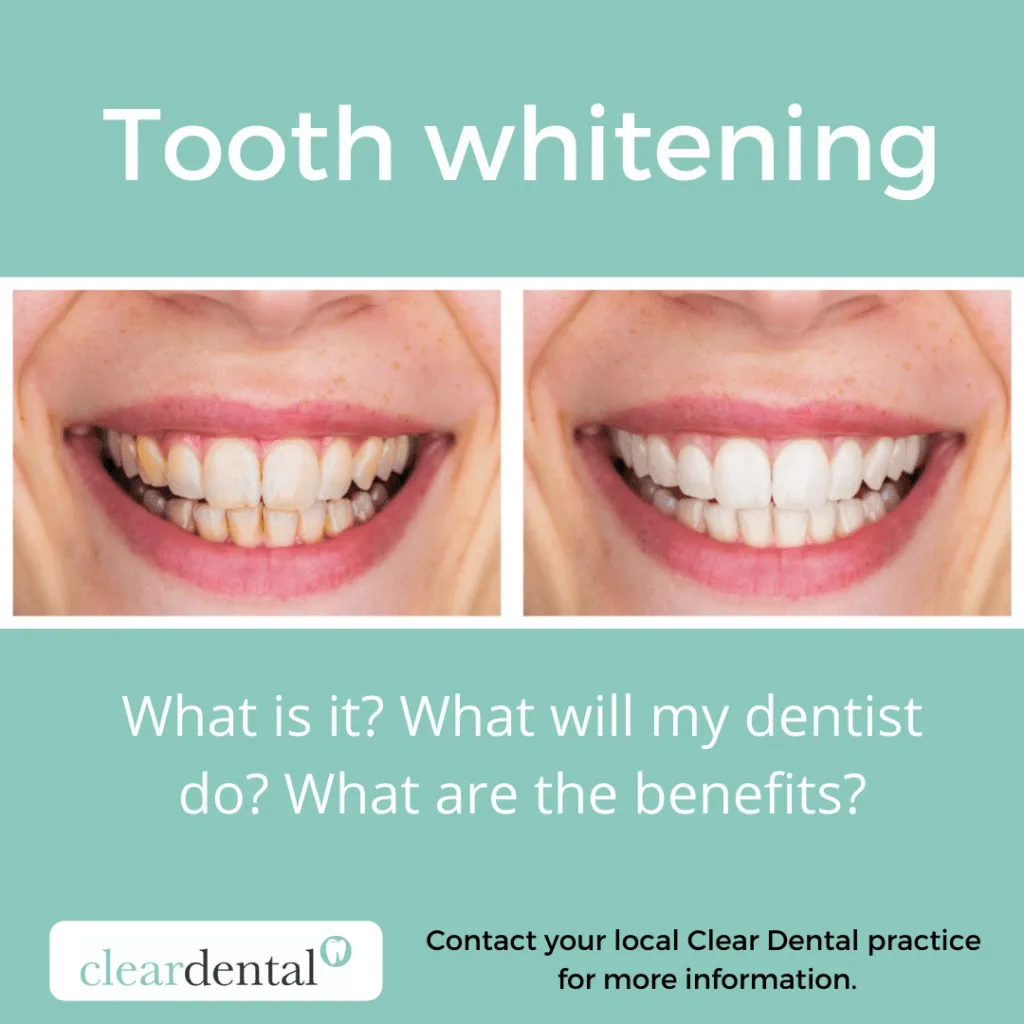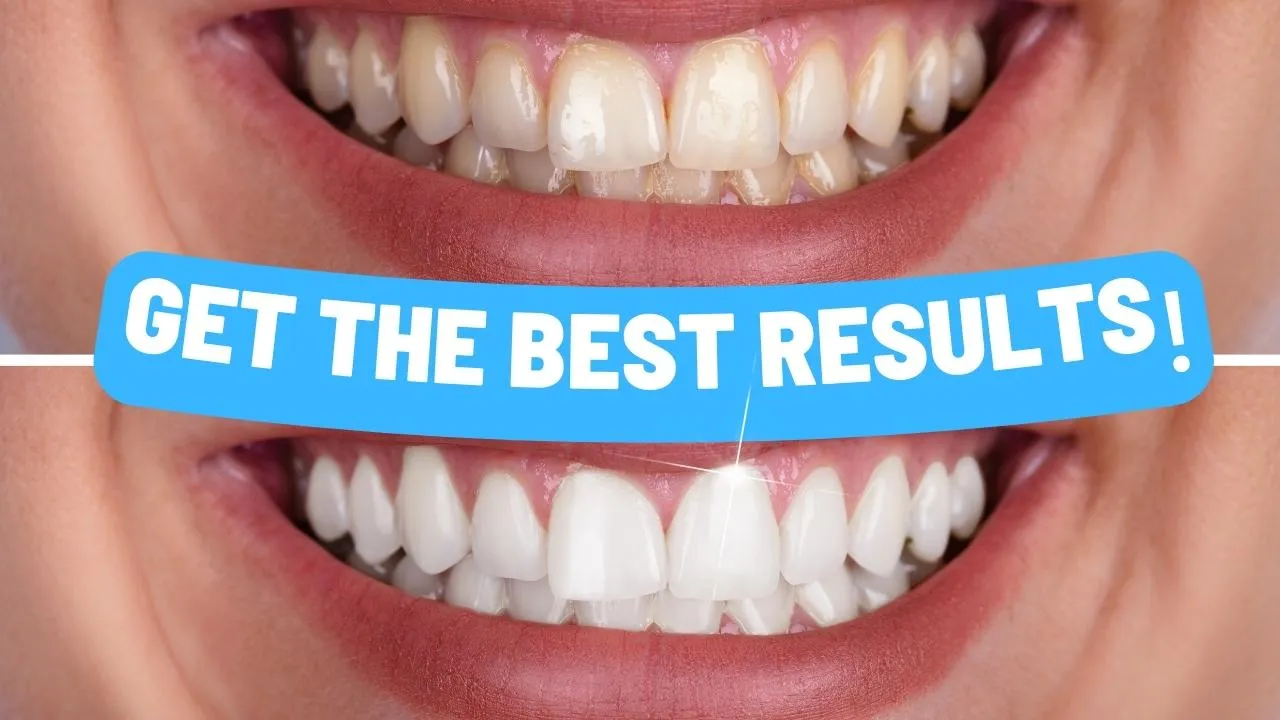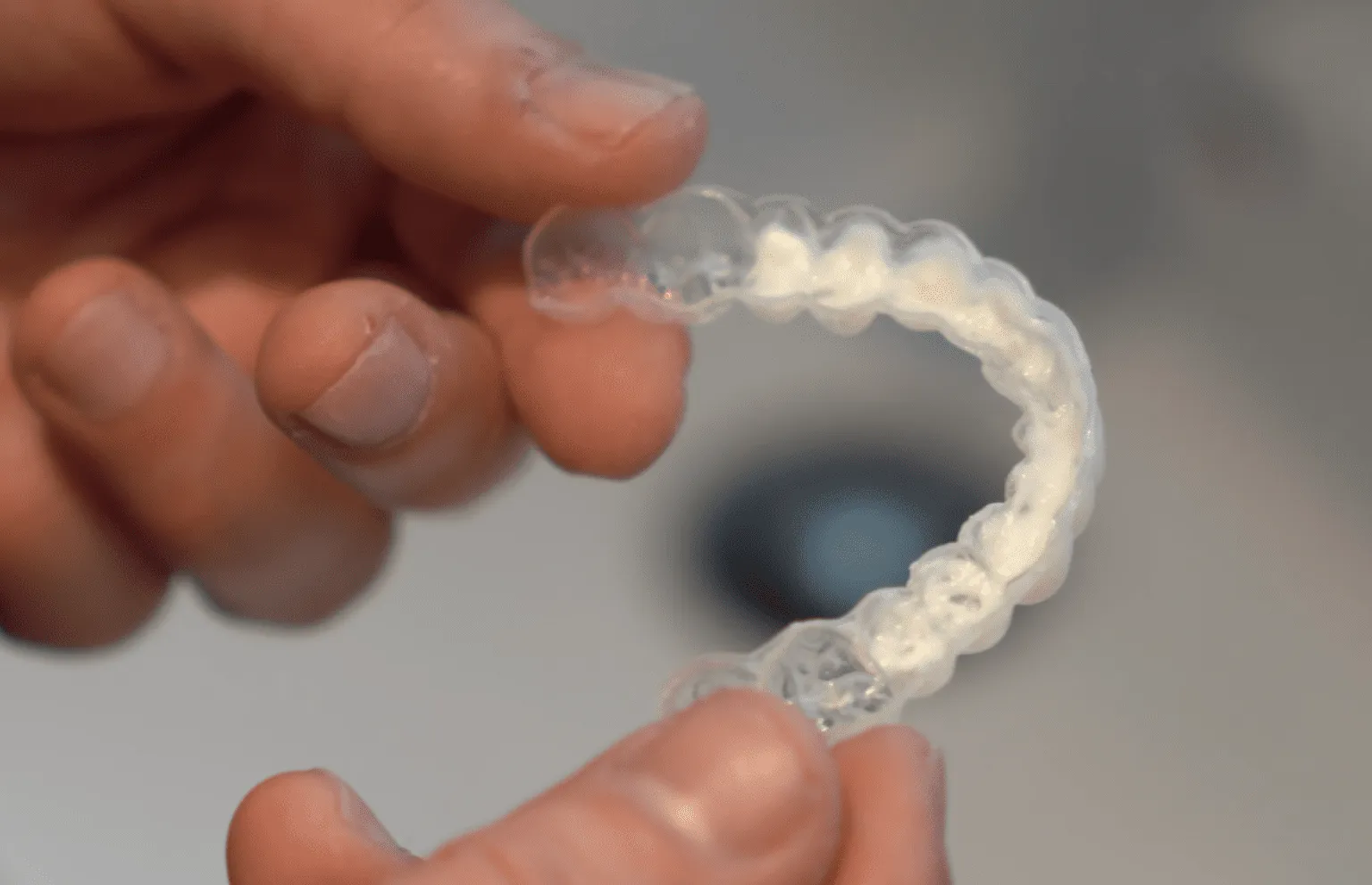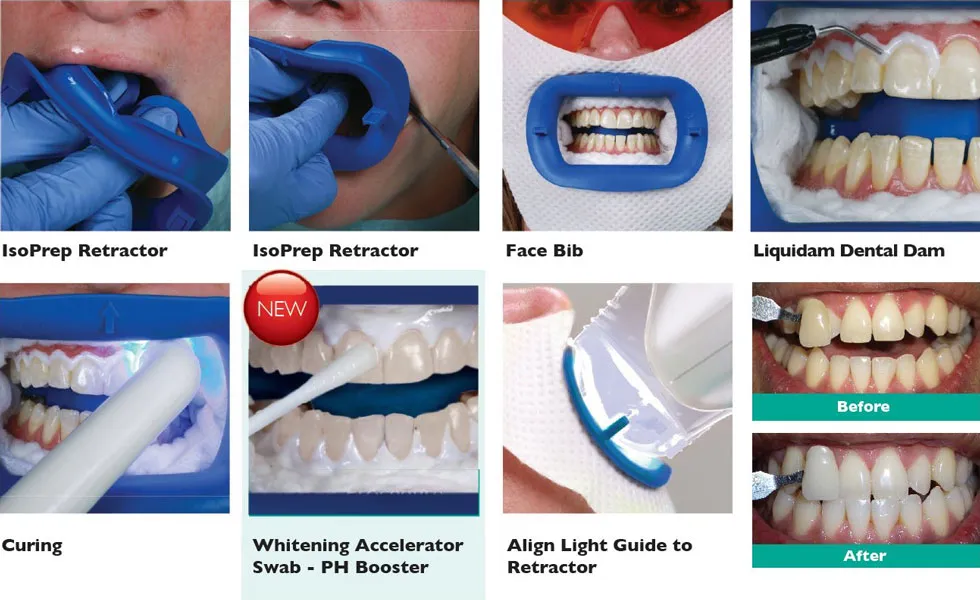What is Tooth Whitening?
Tooth whitening, also known as teeth whitening, is a cosmetic dental procedure designed to lighten the shade of your teeth and remove stains and discoloration. It is one of the most popular cosmetic dentistry procedures, as it can significantly enhance the appearance of your smile. The process typically involves bleaching the teeth to a lighter shade than their original color. This is achieved by using bleaching agents like hydrogen peroxide or carbamide peroxide. These agents break down the stains and discoloration, resulting in a brighter and more radiant smile. Tooth whitening can address various types of stains, including those caused by aging, genetics, certain foods and drinks (like coffee, tea, and red wine), and tobacco use. The effectiveness of tooth whitening depends on the type and severity of the stains, and the chosen whitening method. It’s essential to consult with a dentist to determine the best whitening approach for your specific needs and to ensure the procedure is safe and effective.
The Benefits of Tooth Whitening
Tooth whitening offers a multitude of benefits beyond just cosmetic enhancement. One of the most immediate advantages is a boost in self-esteem and confidence. A brighter, whiter smile can make you feel more attractive and self-assured in social and professional settings. Beyond the psychological benefits, tooth whitening can also improve your oral hygiene habits. When you invest in whitening your teeth, you’re more likely to maintain good oral hygiene practices to preserve your results, including regular brushing, flossing, and dental check-ups. This, in turn, promotes overall oral health and can prevent future dental problems. Furthermore, tooth whitening can be a relatively quick and cost-effective way to improve your smile compared to other cosmetic procedures like veneers or crowns. It is a non-invasive procedure that can be done at home or in a dental office. It offers immediate results, making it a popular choice for those seeking a quick smile makeover. However, maintaining the results of tooth whitening requires consistent care and attention to avoid staining foods and drinks.
Types of Tooth Whitening Instructions

There are two primary categories of tooth whitening instructions available: at-home and professional treatments. At-home options include whitening toothpastes, over-the-counter whitening strips, gels, and trays. These products typically contain a lower concentration of bleaching agents and are designed for gradual whitening over several weeks. Professional treatments, on the other hand, are administered by a dentist in the office or through custom-fitted trays and stronger bleaching agents. In-office whitening provides faster and more dramatic results in a single visit, while professional take-home kits offer a balance of effectiveness and convenience. The choice between at-home and professional whitening depends on your individual needs, the severity of your stains, and your budget. Consulting with your dentist is crucial to determine the most suitable option for your situation and to ensure the safety and effectiveness of the treatment. It is also important to follow the instructions carefully to avoid any adverse effects and to achieve optimal results.
At-Home Tooth Whitening Kits
At-home tooth whitening kits provide a convenient and cost-effective way to brighten your smile from the comfort of your home. These kits typically include whitening strips, gels, or trays containing a bleaching agent, usually hydrogen peroxide or carbamide peroxide. Whitening strips are thin, flexible strips coated with a whitening solution that are applied directly to the teeth. Gels are applied to the teeth using a brush or applicator, while trays are custom-fitted or pre-formed trays that hold the whitening gel against the teeth. The kits usually come with instructions on how to apply the product, the duration of the treatment, and the frequency of use. The strength of the whitening agent in at-home kits is generally lower than that used in professional treatments, making them a safer option for unsupervised use. However, it is important to follow the instructions carefully to avoid any potential side effects, such as tooth sensitivity or gum irritation. Before using an at-home kit, it’s also a good idea to consult with your dentist to ensure it is the right choice for you and to rule out any underlying dental issues.
Choosing the Right At-Home Kit
Choosing the right at-home tooth whitening kit involves considering several factors to ensure effectiveness and safety. Firstly, consider the type of kit that best suits your lifestyle and preferences. Whitening strips are easy to use and discreet, while gel-based systems may offer more comprehensive coverage. Custom-fitted trays, if available, often provide the best fit and allow for more even whitening. Secondly, evaluate the active ingredient and its concentration. Hydrogen peroxide and carbamide peroxide are the most common bleaching agents. The higher the concentration, the faster the whitening effect, but also the greater the risk of sensitivity. Start with a lower concentration and gradually increase it if needed. Thirdly, read reviews and compare different brands. Look for kits with positive feedback and those that are recommended by dentists. Pay attention to the ease of use, the taste of the product, and any reported side effects. Lastly, consult your dentist before starting any at-home whitening treatment. They can assess your oral health, recommend the most suitable product, and provide guidance to maximize your results and minimize potential risks.
Step-by-Step Instructions for At-Home Whitening

The exact steps for at-home tooth whitening vary depending on the product you choose, but the general process is similar. Begin by brushing and flossing your teeth to remove any food particles and plaque. If using whitening strips, carefully peel them from the backing and apply them to your teeth, ensuring that they cover the visible surfaces. For gel-based systems, apply the gel to a custom-fitted or pre-formed tray and insert it into your mouth, making sure the gel contacts your teeth. Follow the instructions provided by the manufacturer regarding the duration of the treatment. This typically ranges from 30 minutes to an hour. After the recommended time, remove the strips or tray and rinse your mouth thoroughly with water. Avoid swallowing any of the whitening solution. It is also advisable to avoid eating or drinking anything other than water for at least 30 minutes after the treatment. Repeat these steps as directed by the product instructions, usually for a few days or weeks, to achieve the desired results. Be patient, as at-home whitening is a gradual process.
Professional Tooth Whitening
Professional tooth whitening, performed by a dentist, offers a more potent and effective way to whiten your teeth compared to at-home methods. This procedure typically involves a higher concentration of bleaching agents, such as hydrogen peroxide, which can penetrate deeper into the enamel and remove stubborn stains more effectively. There are two main types of professional tooth whitening in-office and professional take-home kits. In-office whitening involves applying the whitening solution directly to your teeth in the dental office, often followed by the use of a special light or laser to accelerate the process. This method can produce dramatic results in a single visit. Professional take-home kits involve custom-fitted trays and a stronger whitening gel provided by your dentist. You will use these trays at home, following your dentist’s instructions, to achieve gradual whitening over a few weeks. The benefits of professional whitening include faster results, more consistent whitening, and the supervision of a dental professional to ensure safety and minimize potential side effects. Your dentist can assess your oral health, address any underlying issues, and provide tailored advice for optimal results. Professional whitening is a superior option for those looking for a significant and lasting improvement in their smile’s brightness.
In-Office Whitening Procedures
In-office whitening procedures offer the most rapid and effective results for tooth whitening. The process begins with a thorough dental examination and cleaning to ensure the teeth are free from plaque and surface stains. Your dentist will then apply a protective barrier to your gums to prevent irritation from the whitening agent. The whitening gel, typically containing a high concentration of hydrogen peroxide, is then applied to the teeth. To accelerate the whitening process, a special light or laser may be used. This light activates the bleaching agent, causing it to break down stains more quickly. The gel is usually left on the teeth for a specific period, often in intervals, during which the dentist monitors the progress. After the procedure, your dentist will remove the gel and protective barrier. The entire process typically takes about one to two hours, and the results are often visible immediately. In-office whitening is ideal for those seeking quick, dramatic results and is performed under the supervision of a dental professional, ensuring safety and effectiveness.
Aftercare for Whitening Treatments

Proper aftercare is crucial for maintaining the results of your tooth whitening treatment and preventing new stains from forming. Following a whitening procedure, it is essential to avoid foods and drinks that can stain your teeth, such as coffee, tea, red wine, and dark-colored berries. Consider using a straw when consuming staining beverages to minimize contact with your teeth. Refrain from smoking or using tobacco products, as they can quickly discolor your teeth. Maintain excellent oral hygiene by brushing your teeth twice a day with a whitening toothpaste, flossing daily, and using a mouthwash. Regular dental check-ups and cleanings are also essential to remove any surface stains and monitor your oral health. Your dentist may recommend touch-up treatments or maintenance kits to prolong the whitening effect. Following these aftercare instructions diligently will help you preserve your bright, white smile for an extended period.
Maintaining Your White Smile
Maintaining a white smile requires a combination of good oral hygiene and lifestyle choices. Regular brushing and flossing are fundamental. Use a whitening toothpaste that contains mild abrasives and fluoride to remove surface stains and strengthen enamel. Floss daily to remove plaque and food particles from between your teeth, where staining can occur. Consider using a mouthwash that helps prevent staining and promotes healthy gums. Limit your consumption of staining foods and drinks, such as coffee, tea, red wine, and dark-colored berries. If you do consume these items, rinse your mouth with water immediately afterward. Avoid smoking and tobacco products, as they are major contributors to tooth discoloration. Regular dental check-ups and cleanings are also essential. Your dentist can remove any surface stains and provide professional advice on maintaining your white smile. Consider occasional touch-up treatments with at-home or professional whitening products, as needed. By adopting these practices, you can enjoy a bright, white smile for years to come.
Tips for Prolonging Your Tooth Whitening Results
To prolong the results of your tooth whitening treatment, adopt several key habits and strategies. Minimize your intake of staining foods and drinks, such as coffee, tea, red wine, and dark-colored fruits and sauces. If you consume these items, rinse your mouth with water or brush your teeth shortly afterward. Avoid smoking and tobacco products, as these can cause significant discoloration. Maintain excellent oral hygiene by brushing your teeth twice a day with a whitening toothpaste and flossing daily. Regular dental check-ups and cleanings are also crucial to remove any surface stains and keep your teeth healthy. Consider using a whitening mouthwash as part of your daily routine. Talk to your dentist about at-home touch-up treatments to maintain your results. These may involve using whitening strips, gels, or custom-fitted trays. Protect your teeth from further staining by using a straw when drinking staining beverages. Be mindful of your diet and choose foods that promote oral health. By following these tips, you can enjoy a brighter, whiter smile for a longer duration and maintain your investment in tooth whitening.
